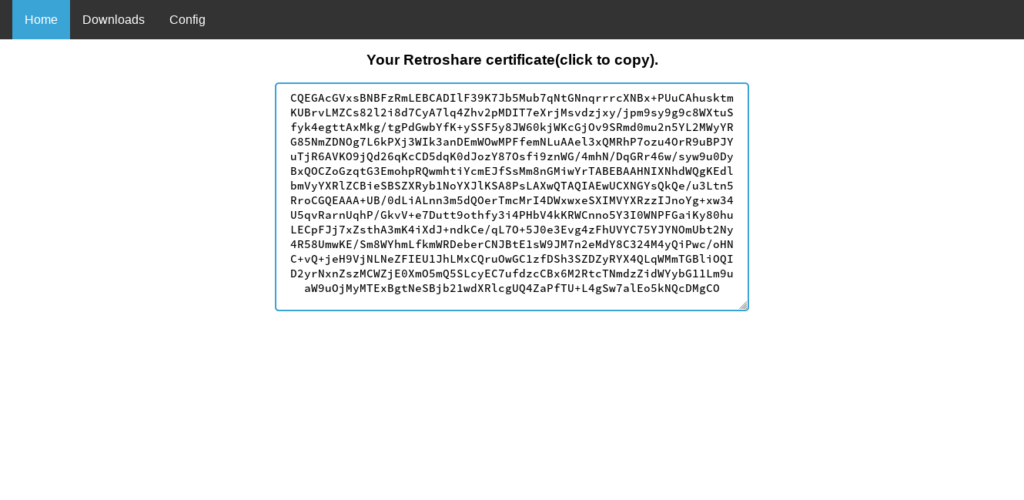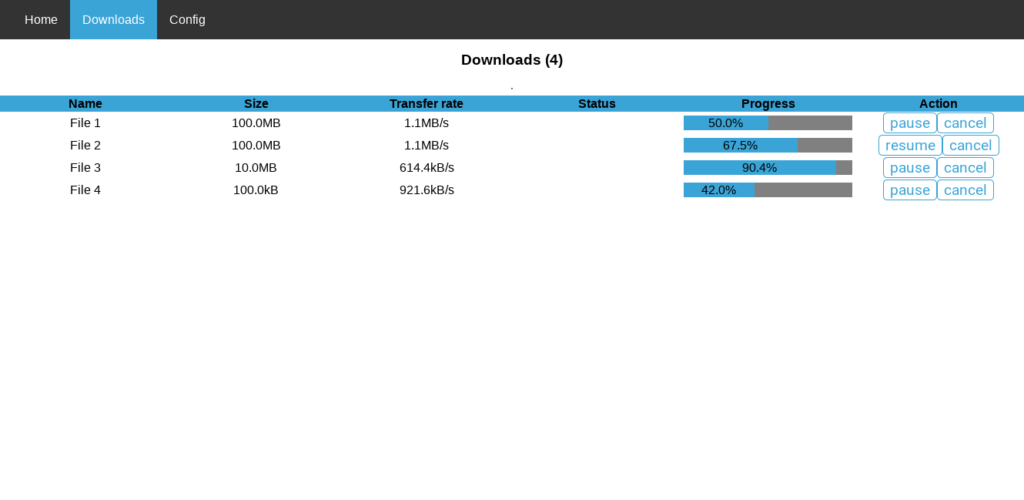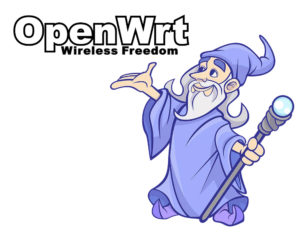These days, Rust has quite the collection of web frameworks to choose from. The Are we web yet? framework list lists some 17 frameworks and this number is growing constantly. One of my activities since the last update has been selecting one of these frameworks to base qaul.net’s http api on.
Requirements
For qaul.net we are doing our best to keep the binary size as low as possible. The qaul.net binary should be simple to move and the larger the program gets the harder that becomes. Aside size we also want to pick a framework that’s easy to use and that’s likely to be maintained for a while (it’d be a shame to have the framework be abandoned after we complete the project).
Results
From this initial list of 17 frameworks, 6 were cut because they were either abandoned or I couldn’t get any of their examples running.
We evaluated a series of test programs for various web frameworks and found that for the most part everything is within a couple hundred kilobytes in size. actix-web was the largest in our testing coming in at around 2.8 Mb for a fairly simple example program. This makes sense, actix pulls in the actix actor framework and that probably comes with a fair bit of code the other frameworks don’t bother with. rouille and Thruster were the smallest by a decent margin coming in at 1.2 Mb for a hello world. This makes sense as rouille is based on tiny-http and foregoes any sort of async code and Thruster by default uses it’s own backend. Most of the rest of the frameworks all came in between 1.7 and 2.3 Mb, and this too makes sense. Most of these frameworks were based on hyper and even using hyper directly gets you an executable around 1.6 Mb.
There were a few frameworks I was quite interested in that I decided against because of lack of documentation or non-functional examples.
Conclusion
In the end I decided to go with iron as I find it’s middleware model to be quite pleasant and extensible and it’s fairly well documented. Iron came in squarely in the middle of the pack in terms of binary size but I had strong maintainability and usability concerns for the very smallest frameworks making this choice a matter of a couple hundred kilobytes.
Next Steps
Presently I’m working on an authentication system for the api. Hopefully next month I’ll be able to talk about that and a bit more about the modular design of the api.





